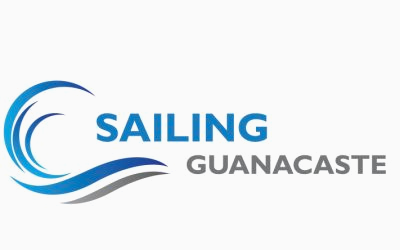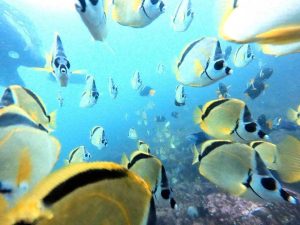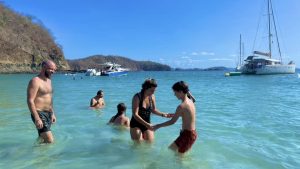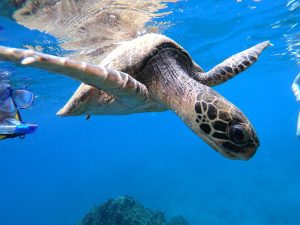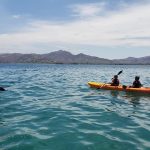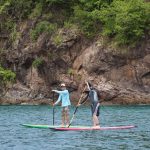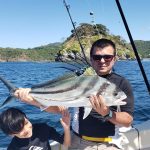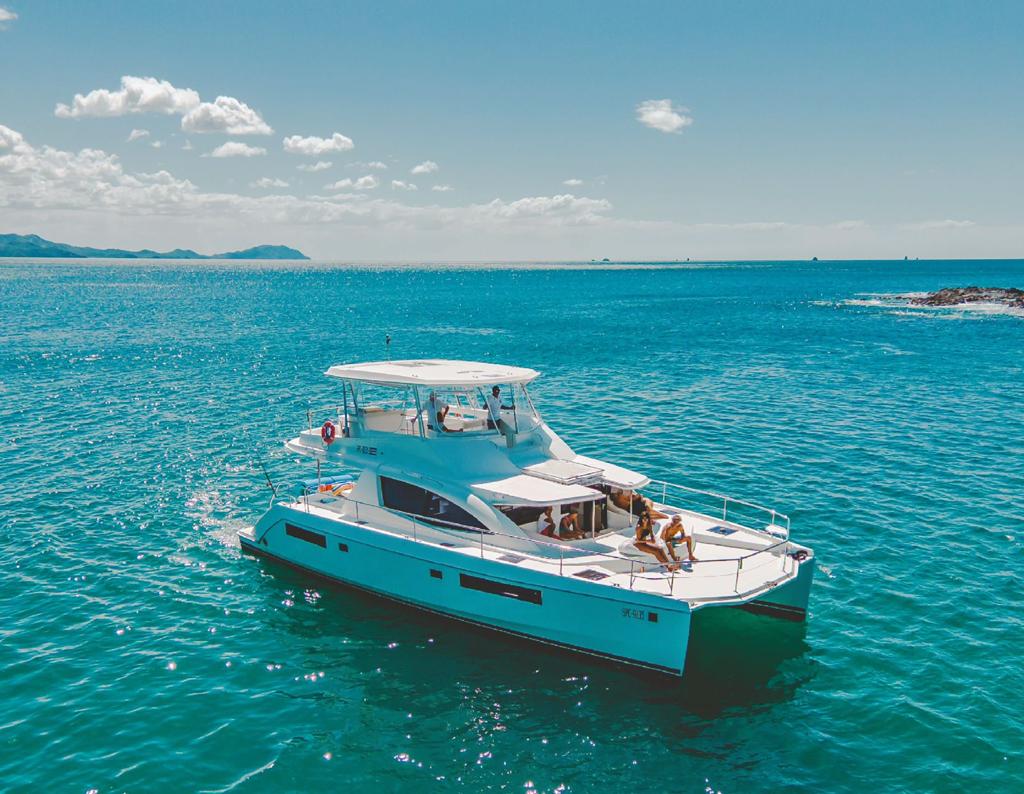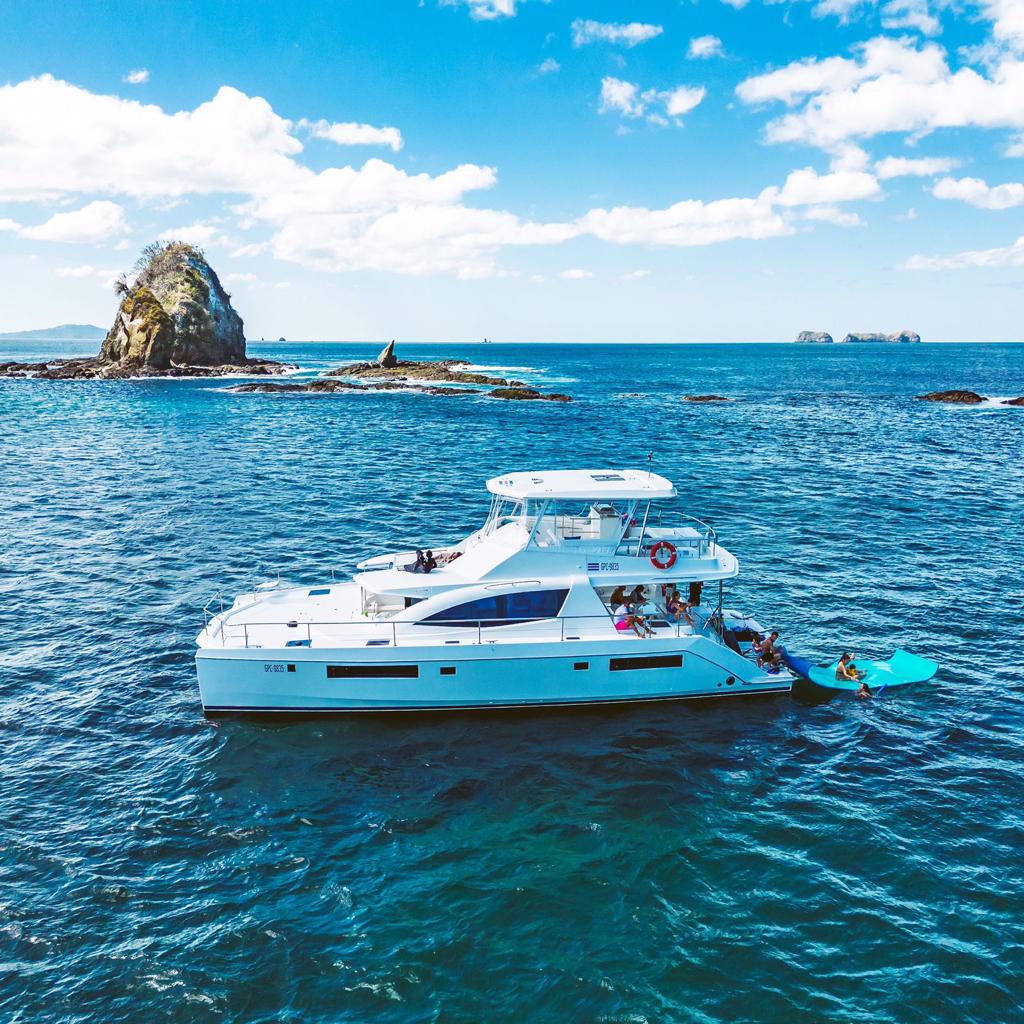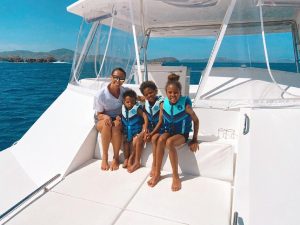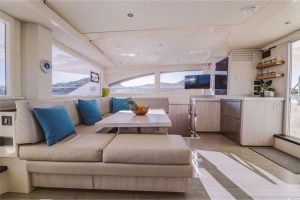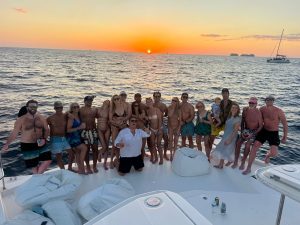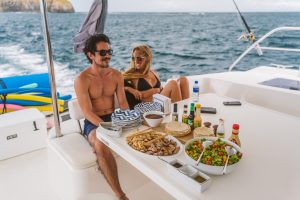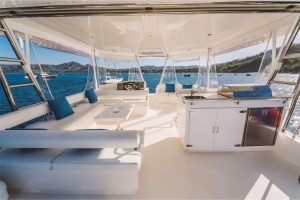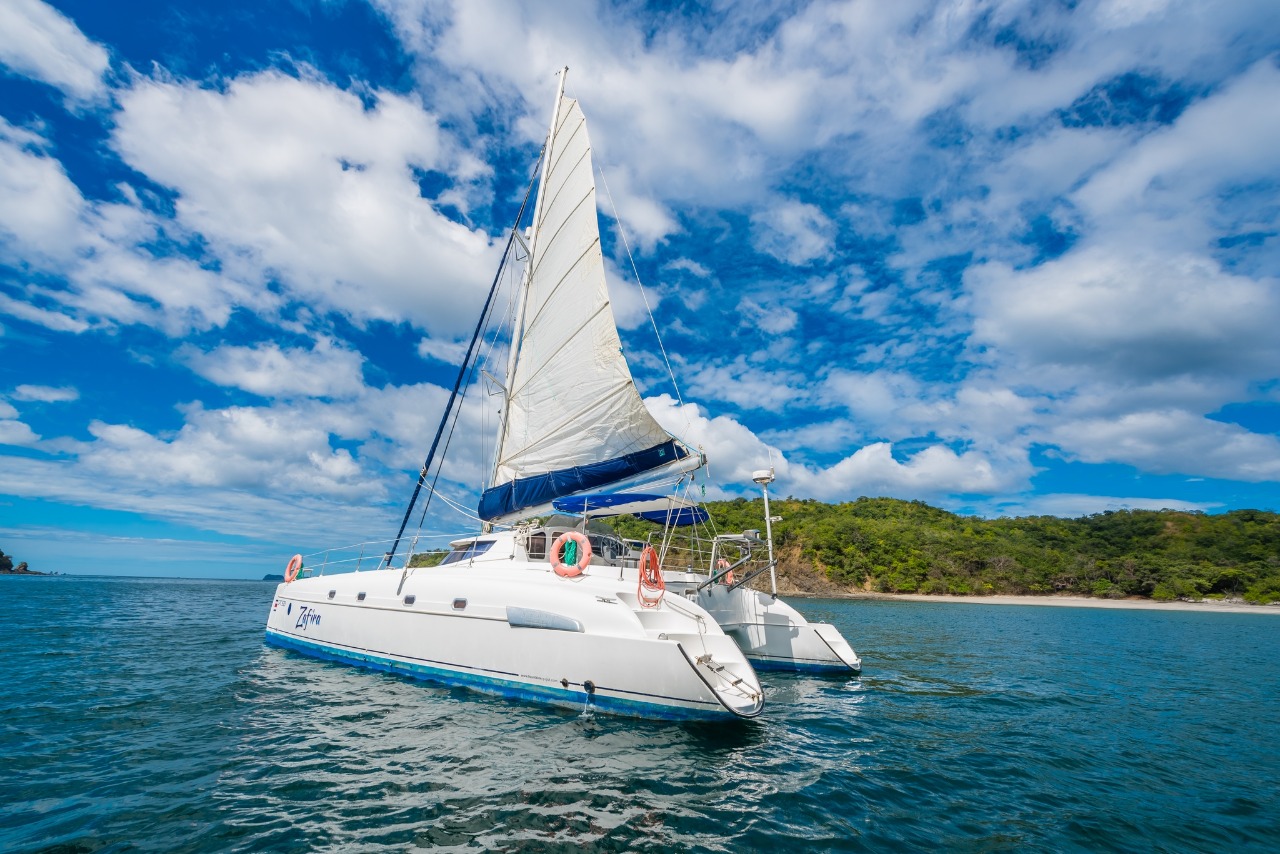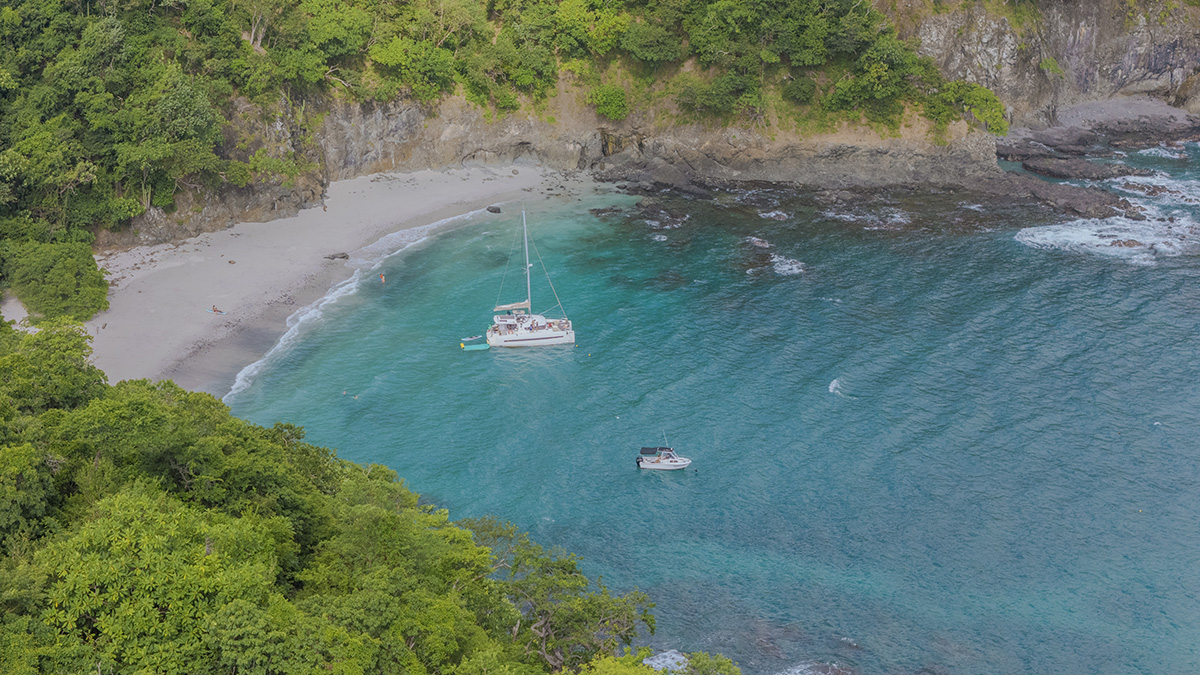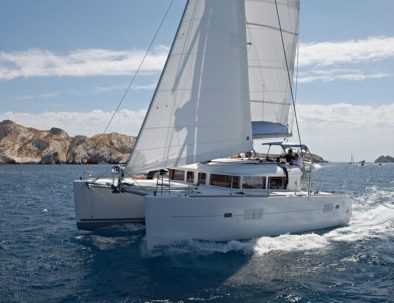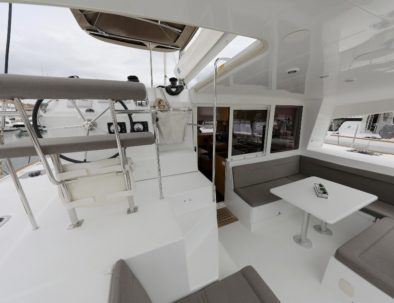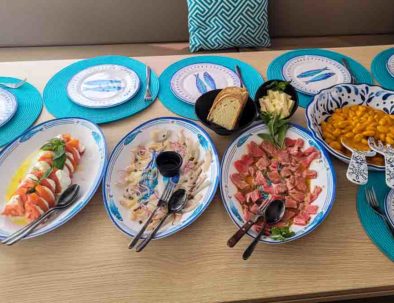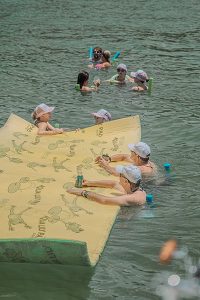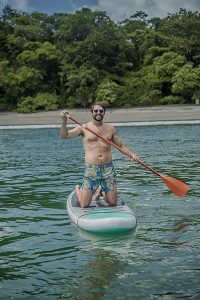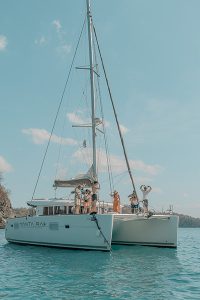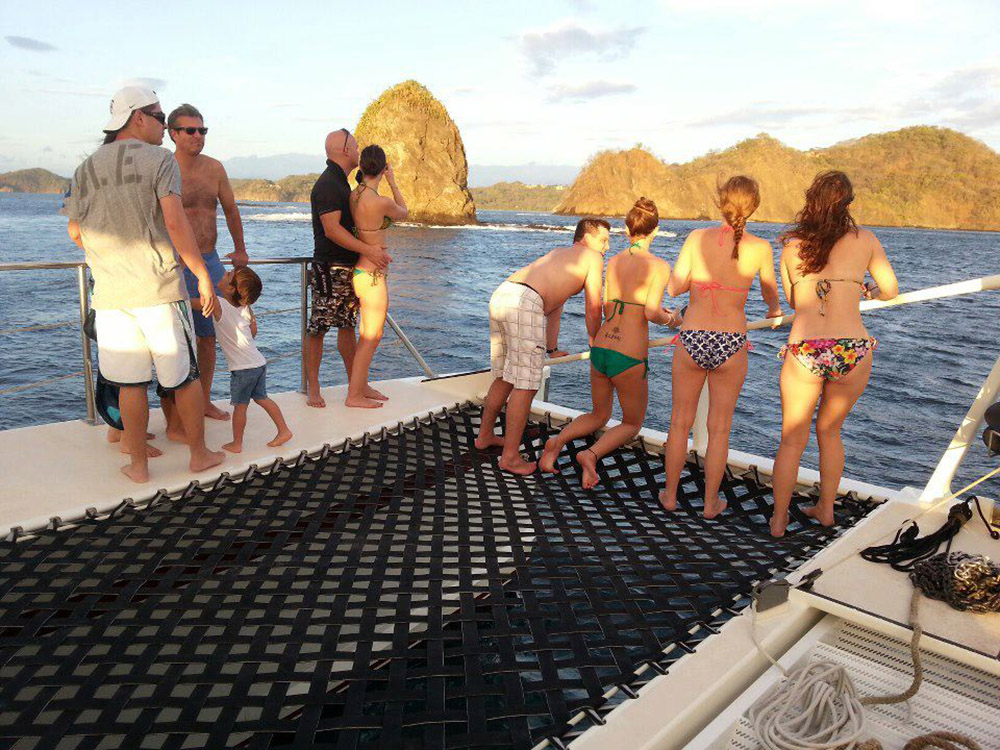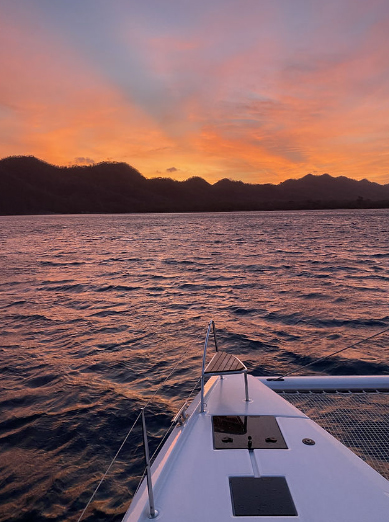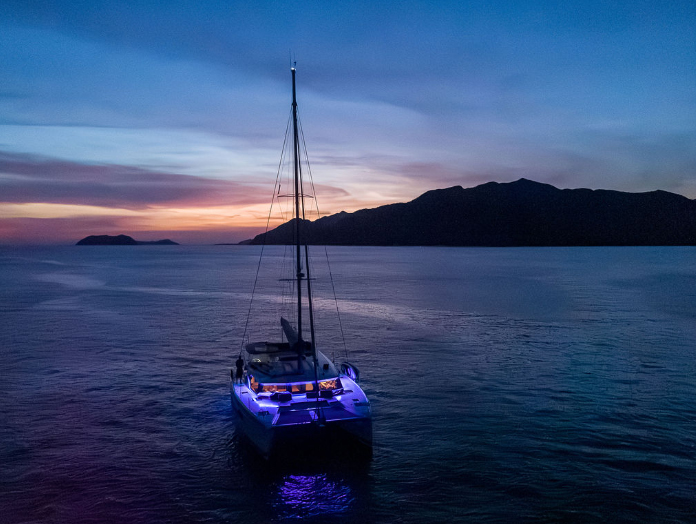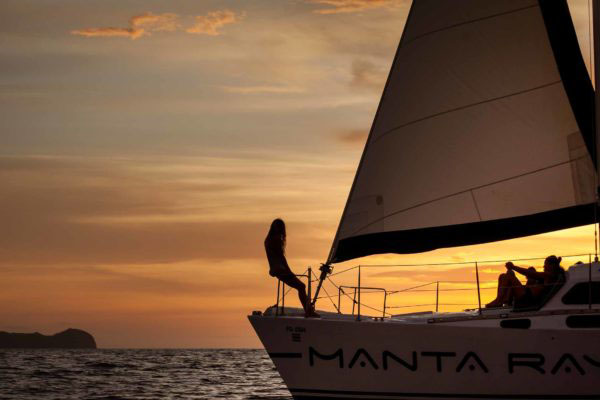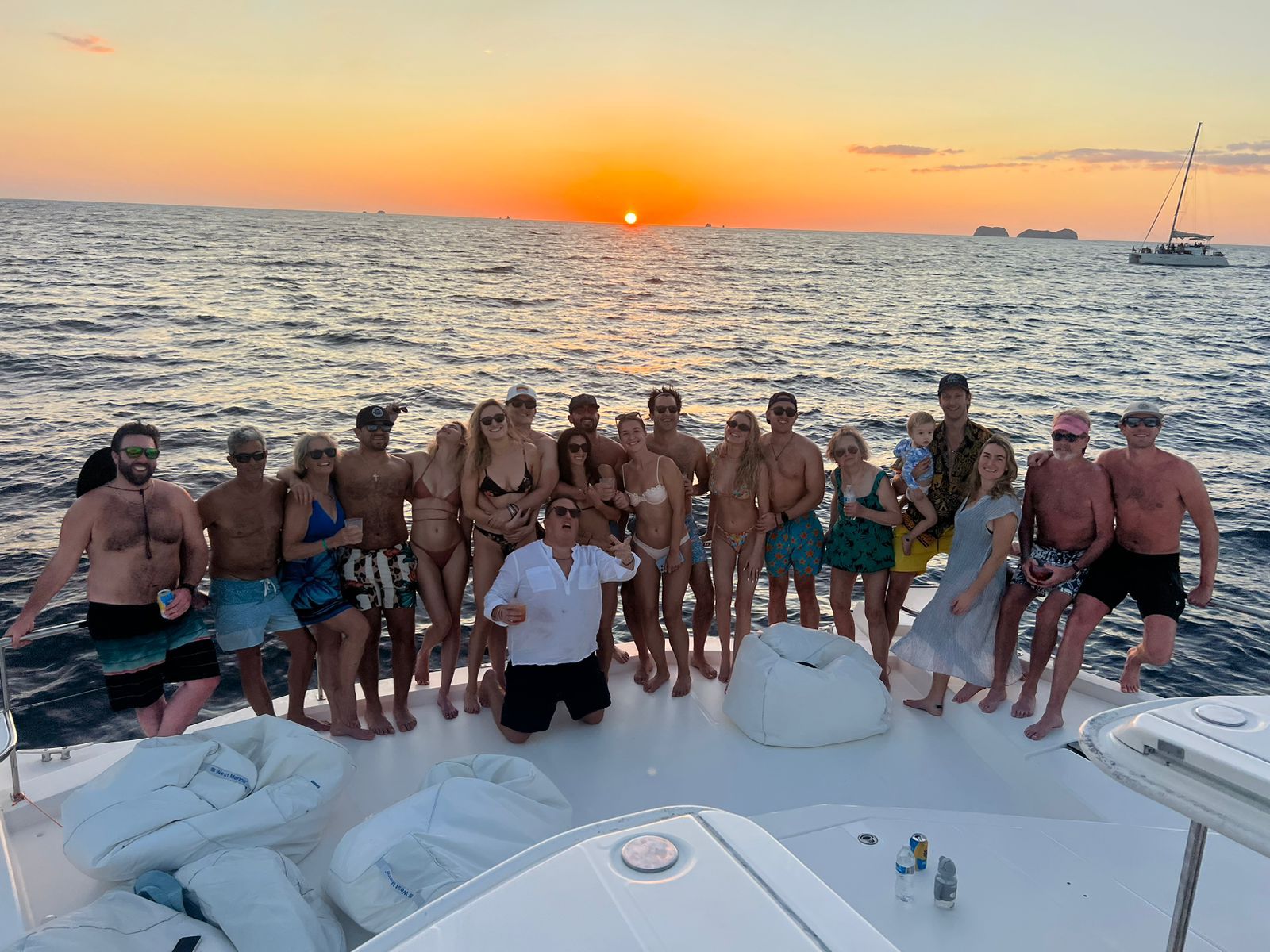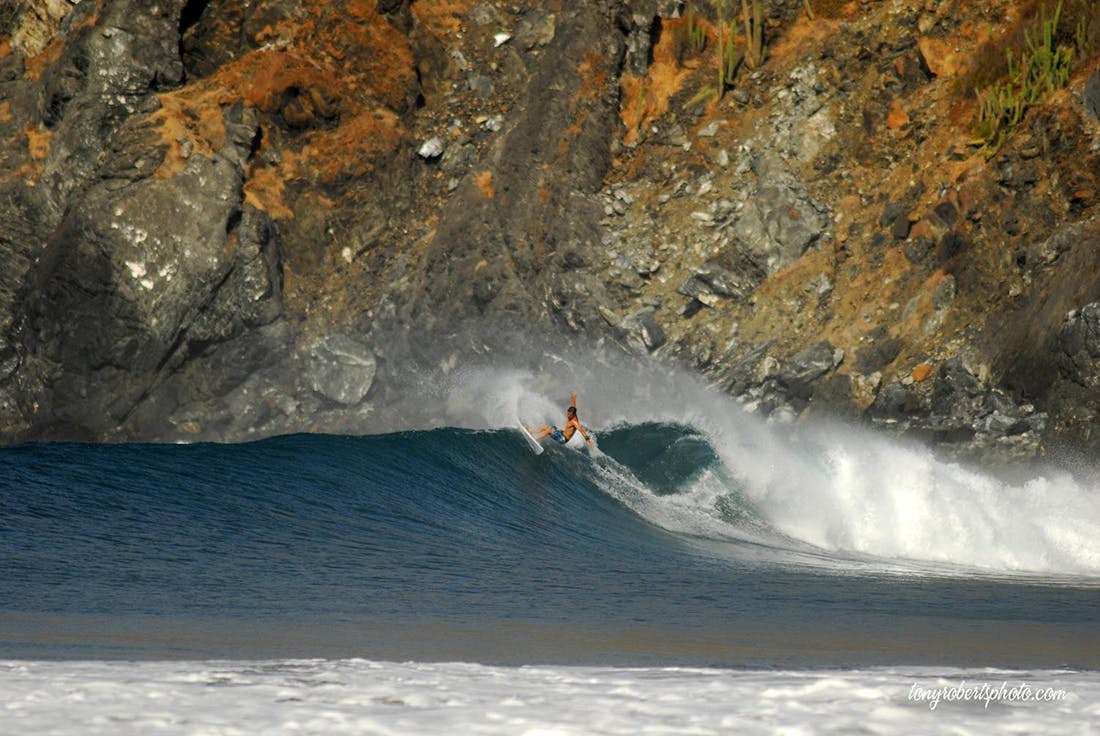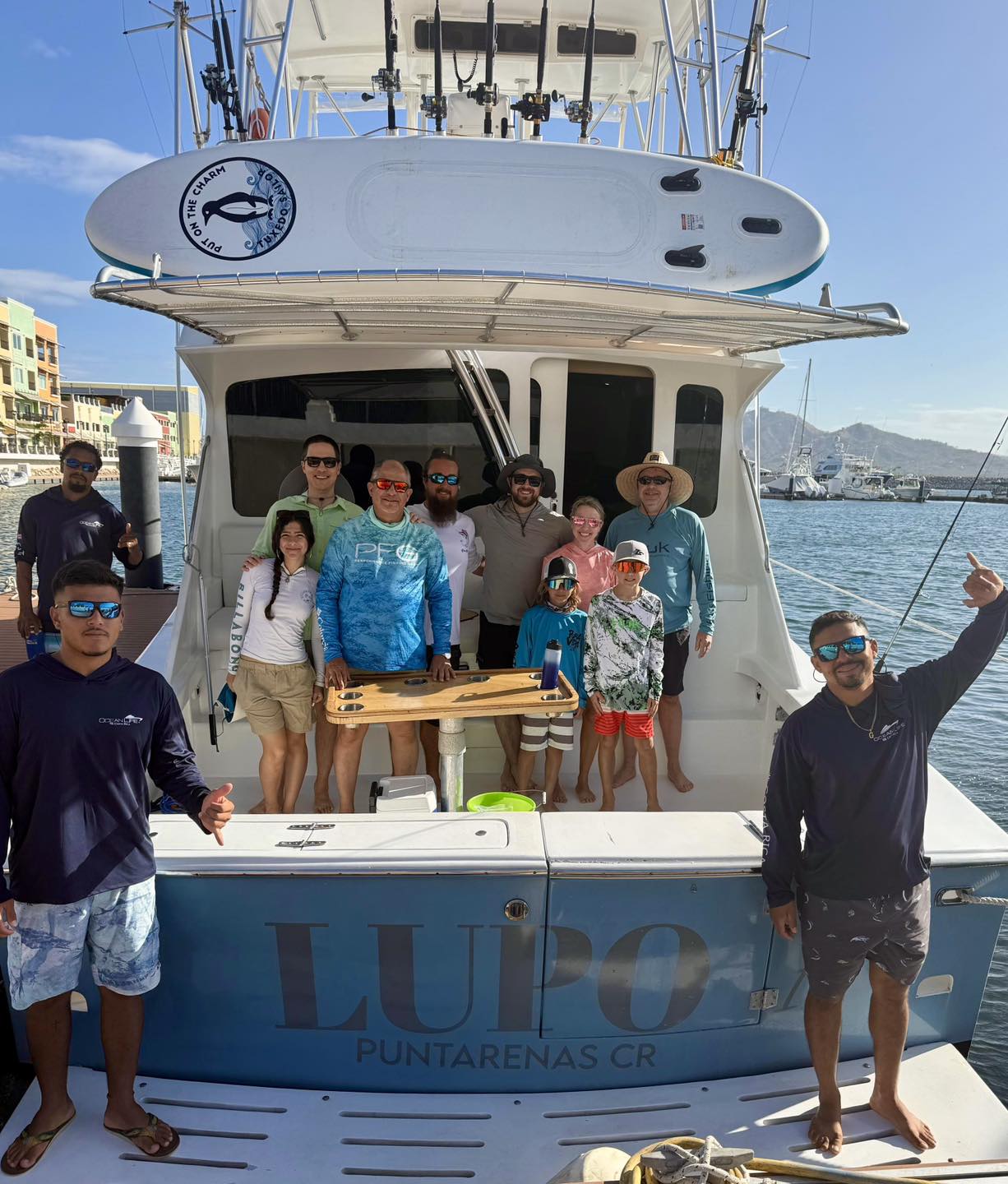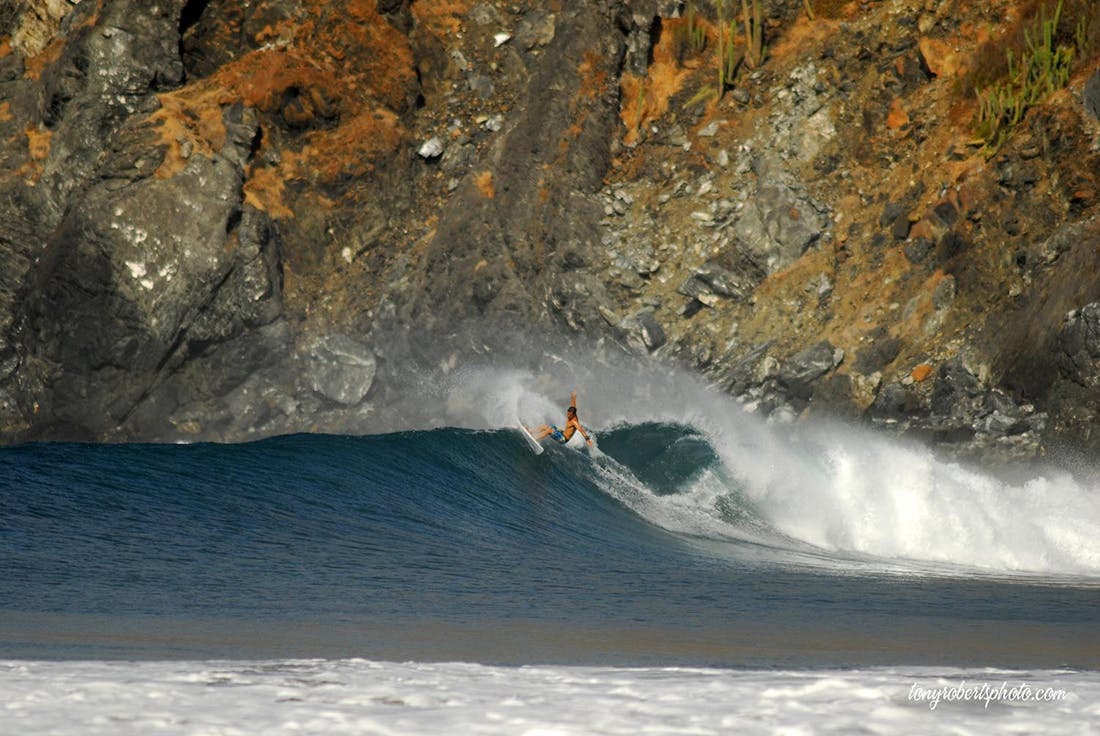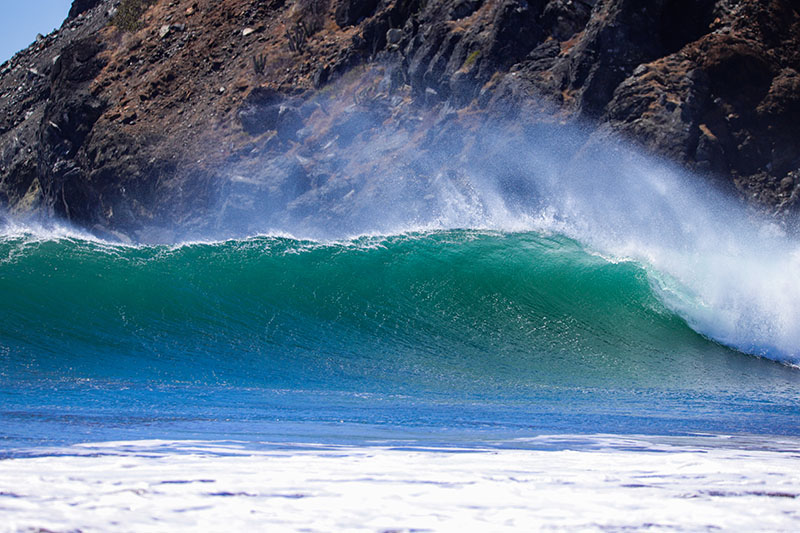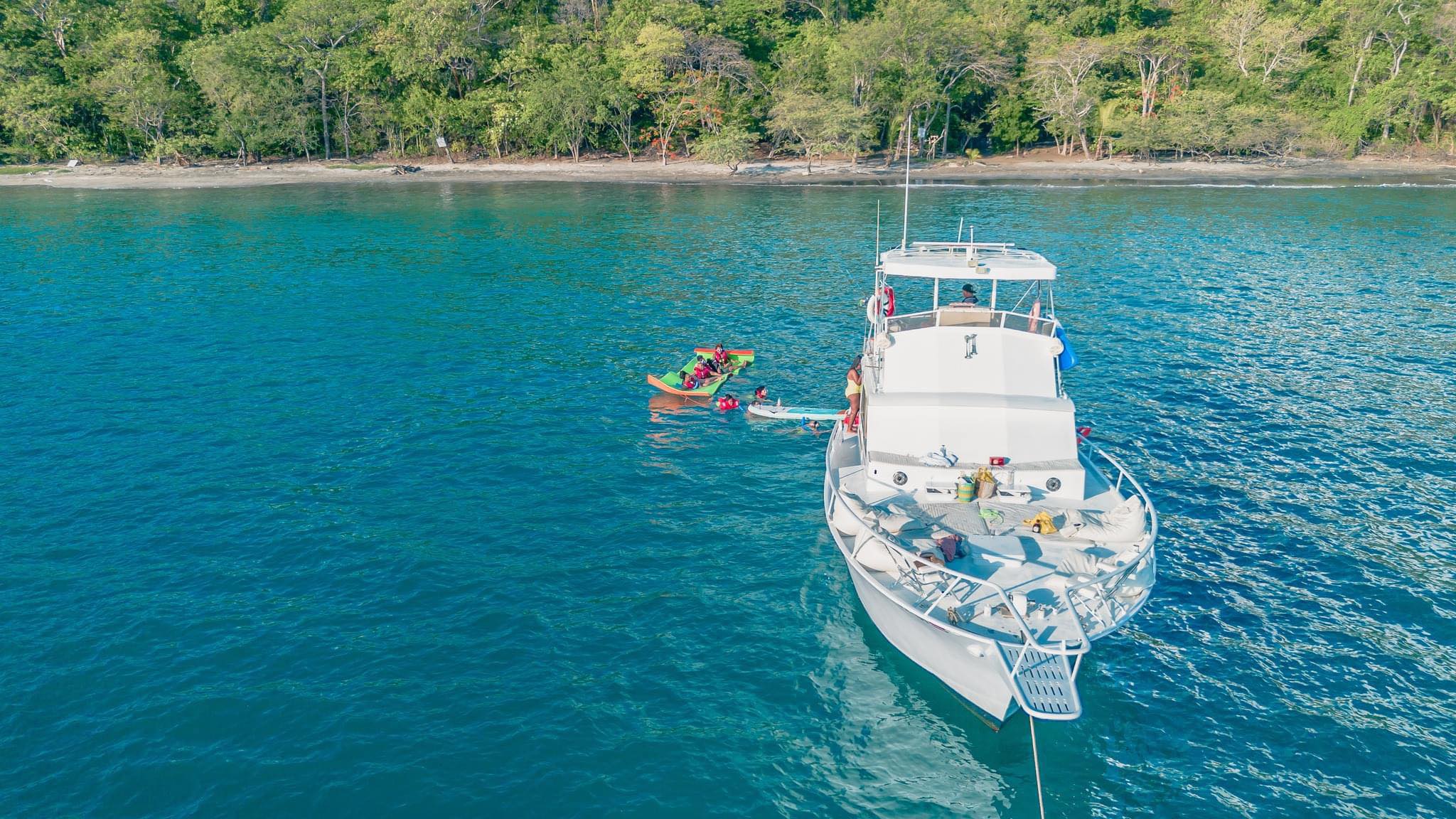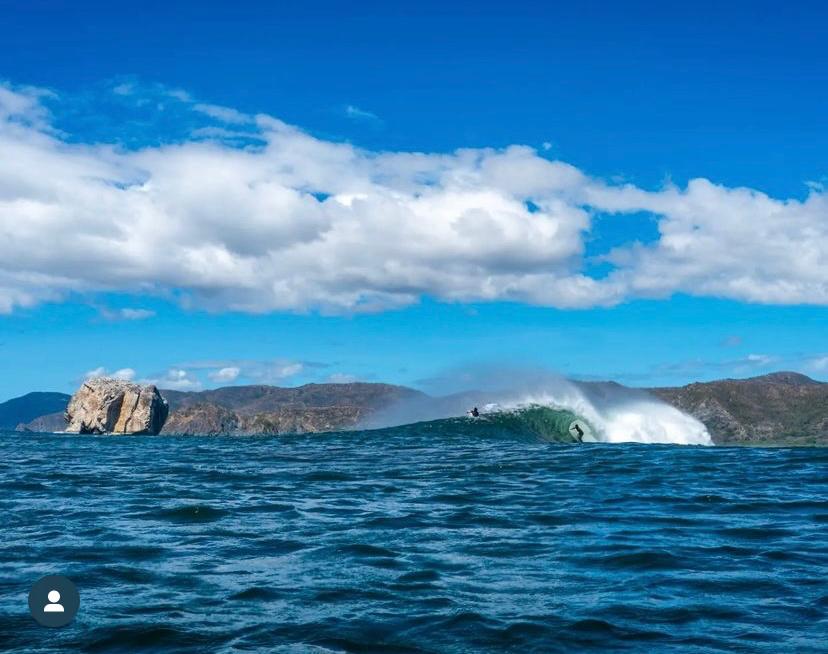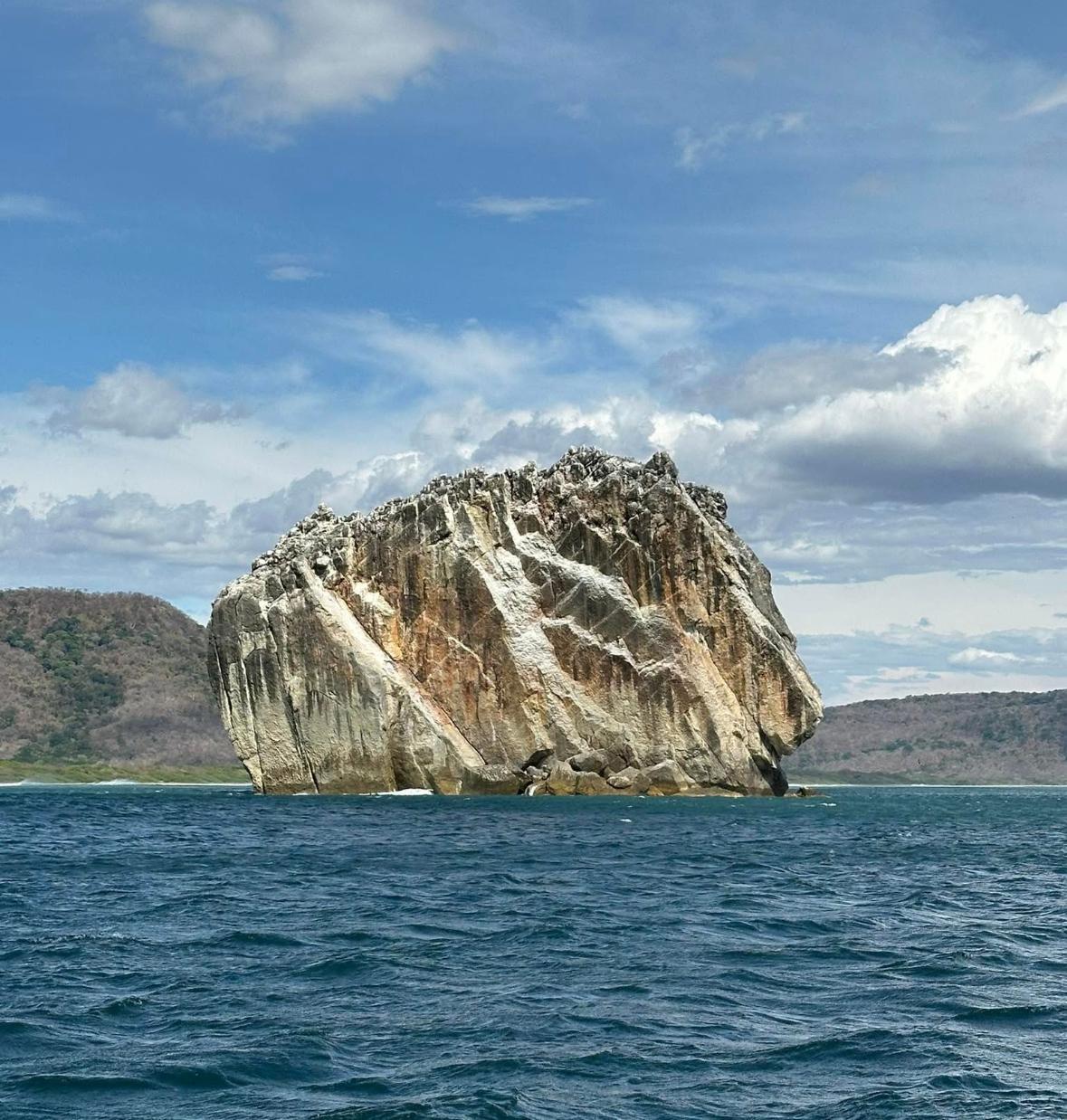Conchal Private Snorkeling Charter
Snorkeling, fishing, sailing and paddle boarding
Our private Conchal snorkeling, fishing and sailing charter departs from the marina, and you can book the half day morning schedule, the sunset cruise or the full day trip.
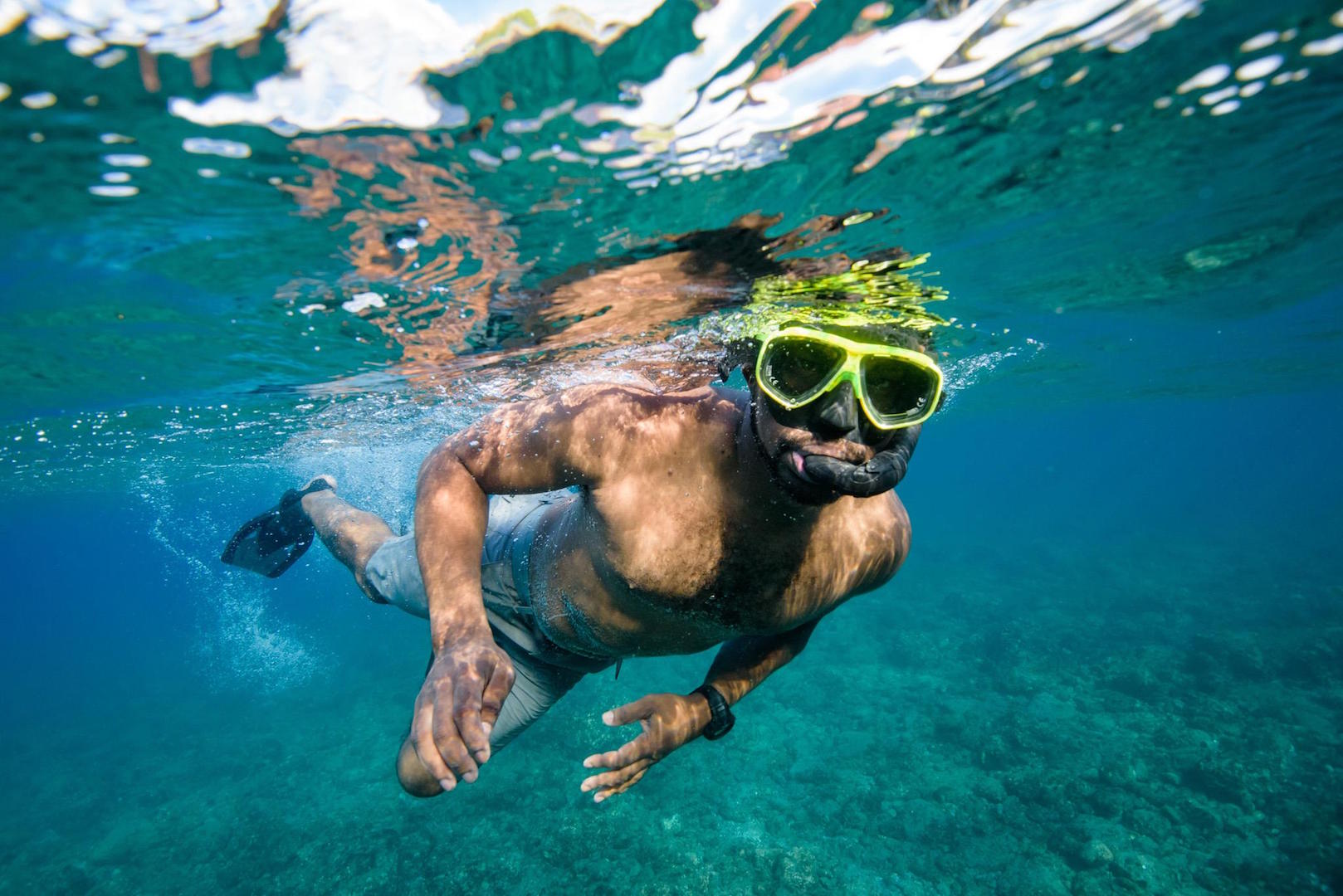
All the trips include snorkeling gear, paddle boards, fishing rods and in most cases even kayaks. Besides, open bar and delicious fresh food is served during the trip.
Snorkeling secluded beaches near Conchal
During this private charter, you will visit a more natural and pristine coastline where you can enjoy snorkeling, sailing, paddle boarding and fishing ( trolling ). With some luck, we can encounter dolphins, sea turtles, perhaps even whales during the season and of course colorful reef fish while snorkeling.
Enjoy swimming in the ocean near a beautiful less developed and more natural region along the coast.
This is a great Combo Tours that includes all the activities necessary for a complete sailing adventure from Conchal.
Conchal Beach snorkeling & Private Sailing Charters
Conchal Beach, located in Guanacaste on Costa Rica’s Gold Coast, is known for its unique shoreline made of crushed seashells and crystal-clear turquoise waters. It’s one of the most stunning beaches in the country, perfect for relaxation and adventure alike.
Paddle boarding, kayak and fishing
We also include paddle boards, kayaks and fishing ( trolling ) as well as other optional toys, like floating mats, noodles and sometimes trampoline.
Our private sailing charters from Conchal offer an unforgettable ocean experience. Enjoy snorkeling in vibrant reefs, paddle boarding along the calm Pacific waters, and casual fishing with our onboard rods. Each trip includes a visit to a more secluded, pristine beach or coastal cove—ideal for swimming, sunbathing, and exploring untouched nature. Whether you’re looking for fun, tranquility, or both, our charters are the perfect escape.
Species encountered
For people interested in identifying fish and marine creatures while snorkeling, we highly recommend RAINFOREST PUBLICATIONS catalogue, a waterproof guide with most of the fish species encountered during snorkeling or scuba diving. You can order them here www.rainforestpublications.com
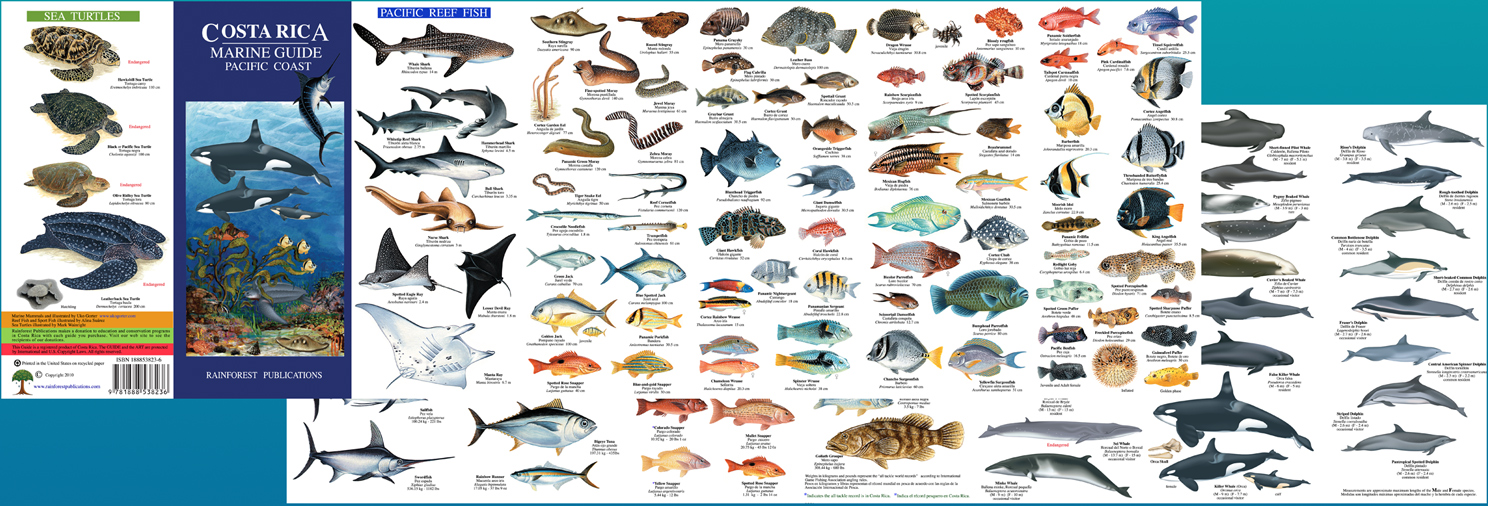
Schedules:
- Half day morning charter
4 hours
- Sunset catamaran sailing cruise
4 hours
- Full day charter
7 – 8 hours
Price: Request price by indicating the date and the number of people
Included:
- Snorkeling gear
- Life vests
- Fishing rods and lures for trolling and some spinning while anchored
- Paddle boards
- Kayak
